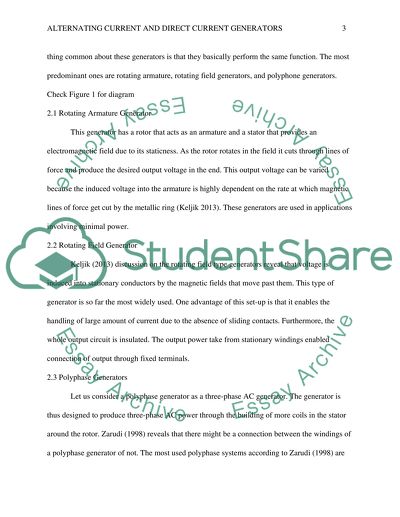Cite this document
(“Alternating Current and Direct Current Generators Essay”, n.d.)
Retrieved de https://studentshare.org/technology/1672476-alternating-current-and-direct-current-generators
Retrieved de https://studentshare.org/technology/1672476-alternating-current-and-direct-current-generators
(Alternating Current and Direct Current Generators Essay)
https://studentshare.org/technology/1672476-alternating-current-and-direct-current-generators.
https://studentshare.org/technology/1672476-alternating-current-and-direct-current-generators.
“Alternating Current and Direct Current Generators Essay”, n.d. https://studentshare.org/technology/1672476-alternating-current-and-direct-current-generators.


